Canterbury Bells Companion Plants: The Best Flowers To Pair With Your Bellflowers
Canterbury Bells Companion Plants: The Best Flowers to Pair With Your Bellflowers
Canterbury bells (Campanula medium) are a beautiful biennial flower that is known for its delicate bell-shaped blooms. They come in a variety of colors, including blue, purple, pink, and white. Canterbury bells are easy to care for and can be grown in a variety of gardens.
One of the best things about Canterbury bells is that they can be paired with a variety of other flowers to create a beautiful and colorful garden. Here are some of the best companion plants for Canterbury bells:
- Phlox: Phlox is a popular perennial flower that comes in a variety of colors, including pink, purple, white, and red. It blooms in the summer and fall, and it is a great choice for companion planting with Canterbury bells because it has similar care requirements.
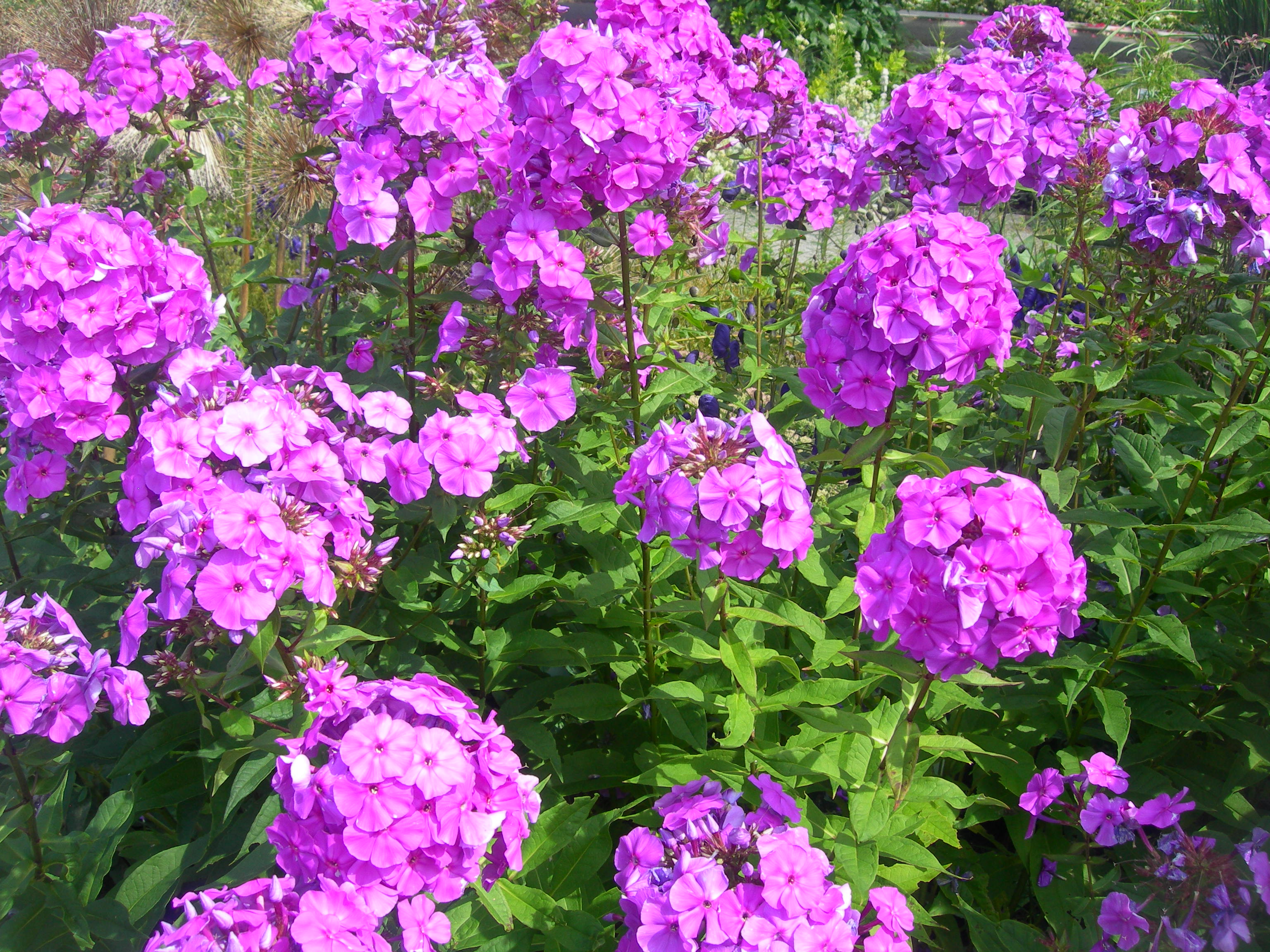
- Violets: Violets are a low-growing groundcover plant that comes in a variety of colors, including blue, purple, and white. They bloom in the spring and early summer, and they are a great choice for companion planting with Canterbury bells because they help to suppress weeds.

- Lamb's ear: Lamb's ear is a hardy perennial that has silvery-green leaves and small, purple flowers. It blooms in the summer, and it is a great choice for companion planting with Canterbury bells because it helps to deter pests.
- Lady's mantle: Lady's mantle is a perennial flower that has bright green leaves and delicate, white flowers. It blooms in the spring and summer, and it is a great choice for companion planting with Canterbury bells because it helps to attract pollinators.
- Columbine: Columbine is a perennial flower that has brightly colored flowers in shades of blue, pink, and white. It blooms in the spring and summer, and it is a great choice for companion planting with Canterbury bells because it helps to add height and interest to the garden.
- Roses: Roses are a popular choice for many gardens, and they can be paired with Canterbury bells to create a beautiful and elegant display. Roses come in a variety of colors, so you can choose the perfect ones to complement your Canterbury bells.
In addition to these flowers, there are many other plants that can be paired with Canterbury bells. When choosing companion plants, it is important to consider the size, color, and care requirements of the plants. You should also choose plants that will bloom at the same time as your Canterbury bells.
By pairing Canterbury bells with the right companion plants, you can create a beautiful and colorful garden that will attract pollinators and provide you with years of enjoyment.
Canterbury bells are beautiful flowers that can add a touch of elegance to any garden. But did you know that there are certain companion plants that can help to enhance their beauty and performance?
The right companion plants can help to attract pollinators, deter pests, and improve the overall health of your Canterbury bells. Some good companion plants for Canterbury bells include:
- Phlox
- Violets
- Lamb's ear
- Lady's mantle
- Columbine
- Roses
- Epimedium
- Climbing hydrangea
These plants all have similar growing requirements to Canterbury bells, so they will thrive in the same conditions. They will also help to create a beautiful and harmonious garden display.
To learn more about companion planting for Canterbury bells, I recommend visiting Gardenia Inspiration. This website has a wealth of information on the topic, including a list of recommended companion plants, as well as tips on how to plant and care for them.
FAQ of canterbury bells companion plants
Q: What are some good companion plants for Canterbury bells?
A: Canterbury bells are a beautiful addition to any garden, but they can also be susceptible to pests and diseases. Companion planting can help to deter pests and diseases, and it can also help to create a more visually appealing garden. Some good companion plants for Canterbury bells include:
- Asters: Asters are a tall, flowering plant that blooms in the fall. They attract pollinators, which can help to pollinate the Canterbury bells.
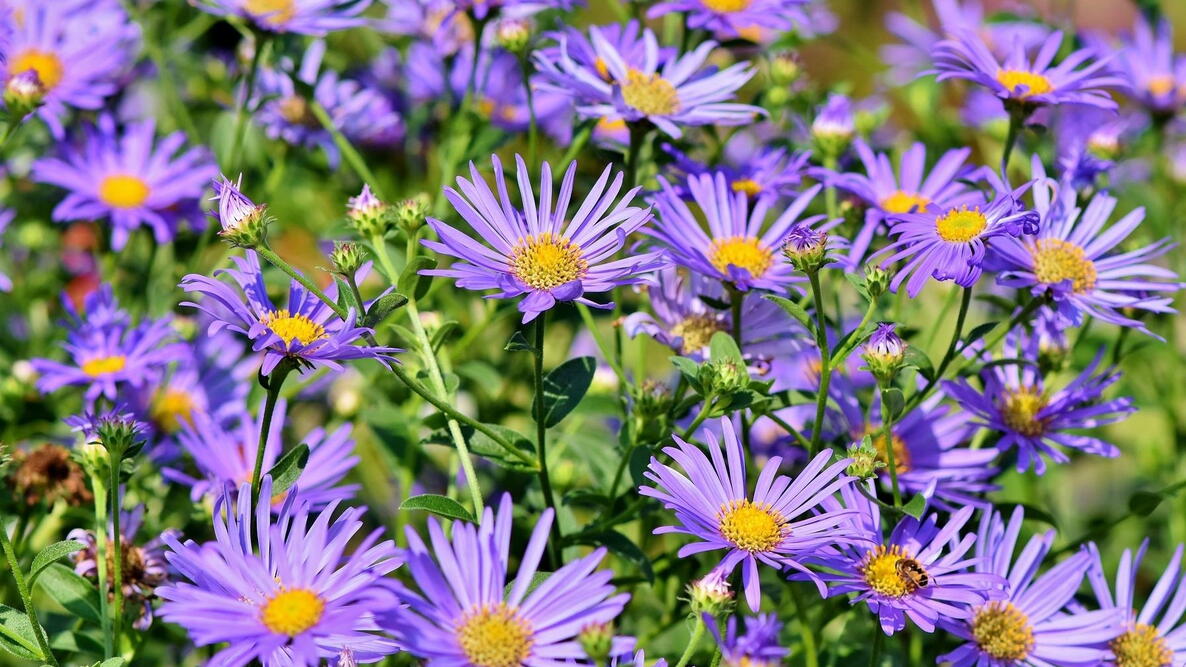
- Lavender: Lavender is a low-growing, fragrant plant that blooms in the summer. It repels pests, such as aphids and spider mites.

- Sweet peas: Sweet peas are a tall, vining plant that blooms in the spring and summer. They attract pollinators, which can help to pollinate the Canterbury bells.
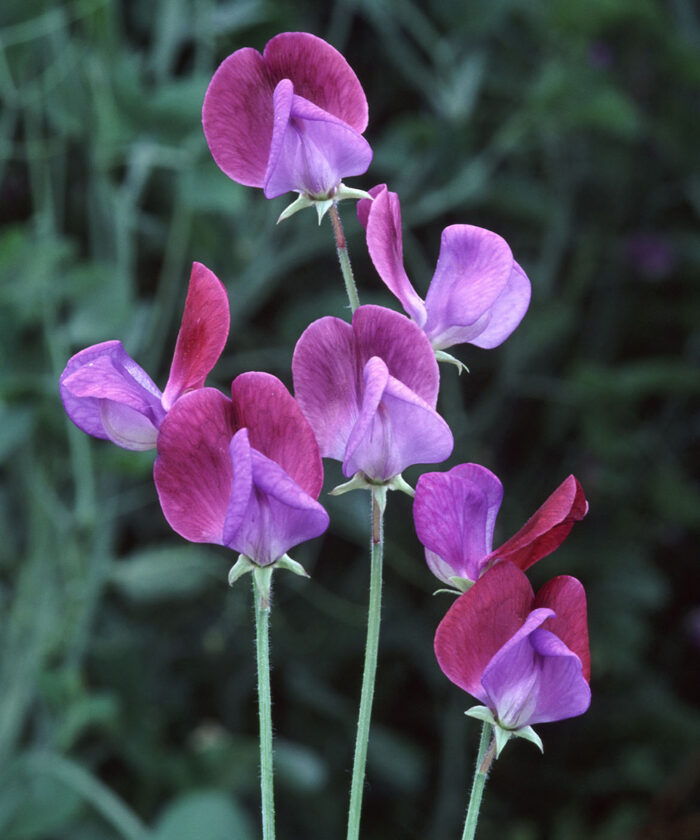
- Yarrow: Yarrow is a low-growing, hardy plant that blooms in the summer. It repels pests, such as deer and rabbits.

- Zinnias: Zinnias are a tall, flowering plant that blooms in the summer. They attract pollinators, which can help to pollinate the Canterbury bells.
Q: What are some of the benefits of companion planting with Canterbury bells?
A: There are several benefits to companion planting with Canterbury bells. These include:
- Deterrent to pests and diseases: Companion plants can help to deter pests and diseases, which can help to keep your Canterbury bells healthy.
- Attract pollinators: Companion plants can attract pollinators, such as bees and butterflies, which can help to pollinate your Canterbury bells and produce more flowers.
- Create a more visually appealing garden: Companion planting can help to create a more visually appealing garden by adding variety in height, color, and texture.
- Improve soil health: Companion plants can help to improve soil health by adding nutrients and organic matter.
Q: What are some of the most common pests and diseases that affect Canterbury bells?
A: The most common pests and diseases that affect Canterbury bells include:
- Aphids: Aphids are small, soft-bodied insects that suck the sap from plants. They can cause leaves to wilt and flowers to drop.
- Spider mites: Spider mites are tiny, eight-legged insects that suck the sap from plants. They can cause leaves to become yellow and brown.
- Powdery mildew: Powdery mildew is a fungal disease that causes a white, powdery growth on leaves. It can eventually kill the plant.
- Botrytis blight: Botrytis blight is a fungal disease that causes leaves and flowers to rot. It can also cause the plant to wilt.
Q: How can I prevent pests and diseases from affecting my Canterbury bells?
A: There are a few things you can do to prevent pests and diseases from affecting your Canterbury bells:
- Plant healthy plants: Start with healthy plants that are resistant to pests and diseases.
- Water properly: Water your plants deeply and regularly, but avoid overwatering.
- Fertilize your plants: Fertilize your plants regularly with a balanced fertilizer.
- Inspect your plants regularly: Inspect your plants regularly for signs of pests and diseases.
- Take action early: If you see signs of pests or diseases, take action early to prevent the problem from getting worse.
Q: How can I care for Canterbury bells?
A: Canterbury bells are relatively easy to care for. They need full sun to partial shade and moist, well-draining soil. They should be fertilized once a month during the growing season. Canterbury bells will die after two years, so you will need to replant them each year.
Image of canterbury bells companion plants
- Foxglove: Foxgloves are tall, stately flowers that bloom in shades of purple, pink, and white. They make great companions for Canterbury bells because they have similar growing requirements.

- Sweet William: Sweet William is a low-growing flower that blooms in shades of pink, red, and white. It is a good companion for Canterbury bells because it helps to fill in the gaps between the taller flowers.
- Dwarf columbine: Dwarf columbine is a delicate flower that blooms in shades of blue, pink, and white. It is a good companion for Canterbury bells because it adds a touch of whimsy to the border.

- Aster: Asters are tall, daisy-like flowers that bloom in shades of purple, pink, and white. They make great companions for Canterbury bells because they provide late-season color.
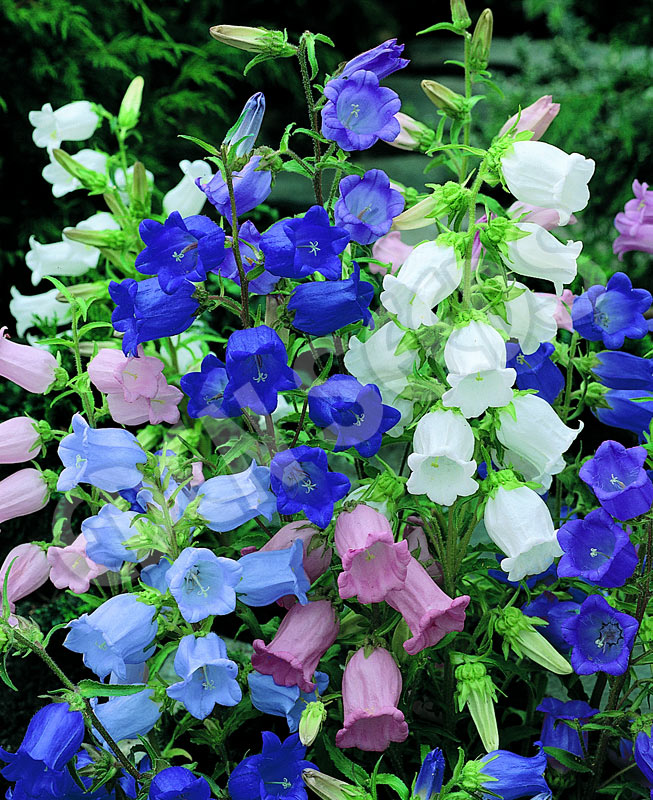
- Lavender: Lavender is a fragrant herb that blooms in shades of purple. It is a good companion for Canterbury bells because it helps to deter pests.

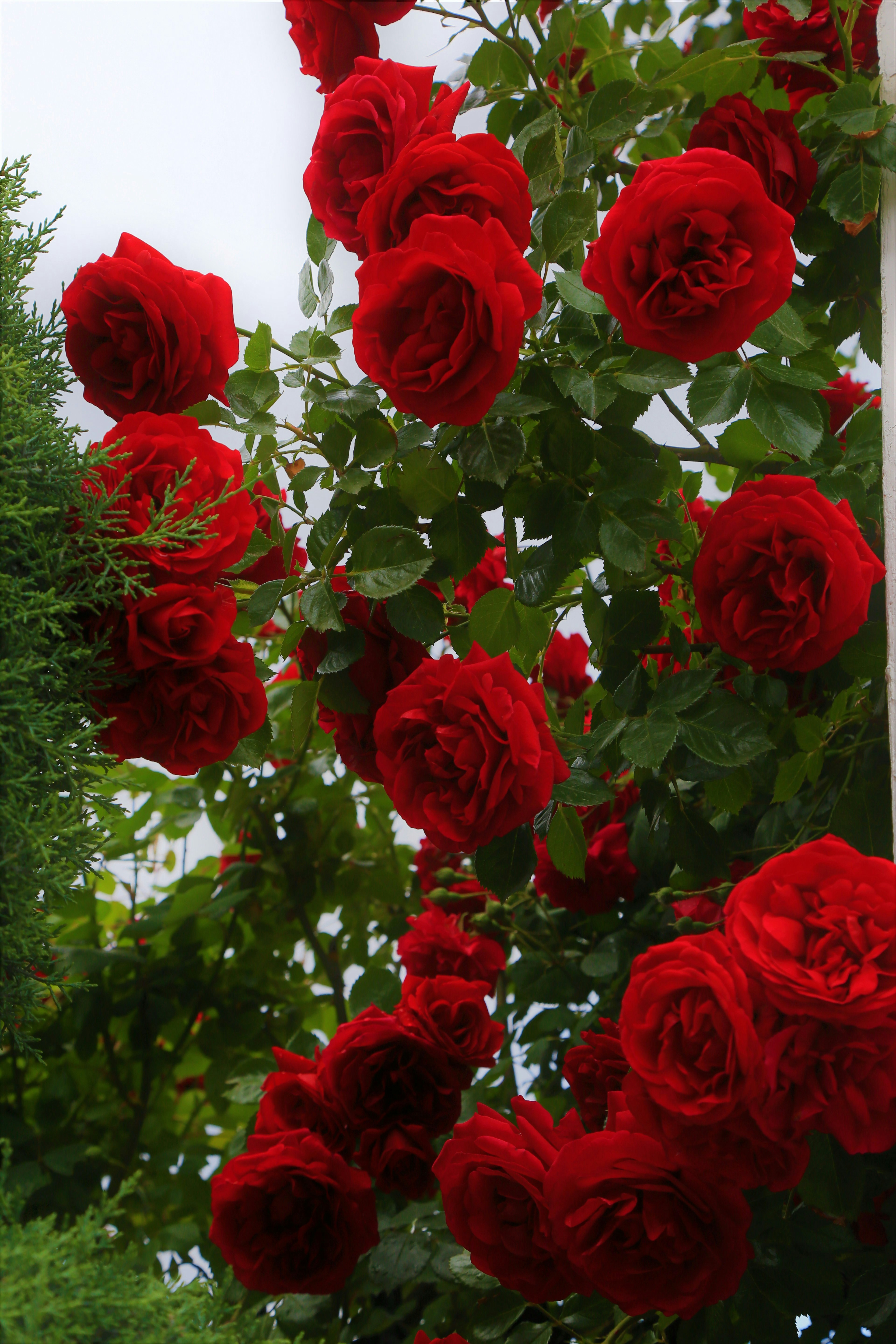
Post a Comment for "Canterbury Bells Companion Plants: The Best Flowers To Pair With Your Bellflowers"